Idrw Team
SOURCE: IDRW.ORG TEAM

Aerospace giant Airbus is gearing up to showcase its cutting-edge Eurodrone MALE UAV in India, with a potential demonstration slated for the upcoming Aero India air show in 2025. This move underscores the company’s keen interest in tapping into the burgeoning Indian unmanned aerial vehicle (UAV) market.
The Eurodrone, a collaborative venture between Germany, France, Italy, and Spain, represents a significant leap forward in UAV technology. Designed for operation in non-segregated airspace, it offers unmatched capabilities in intelligence, surveillance, and reconnaissance (ISR). The aircraft’s modular design allows for customization based on specific mission requirements.
Continue readingSOURCE: IDRW.ORG TEAM
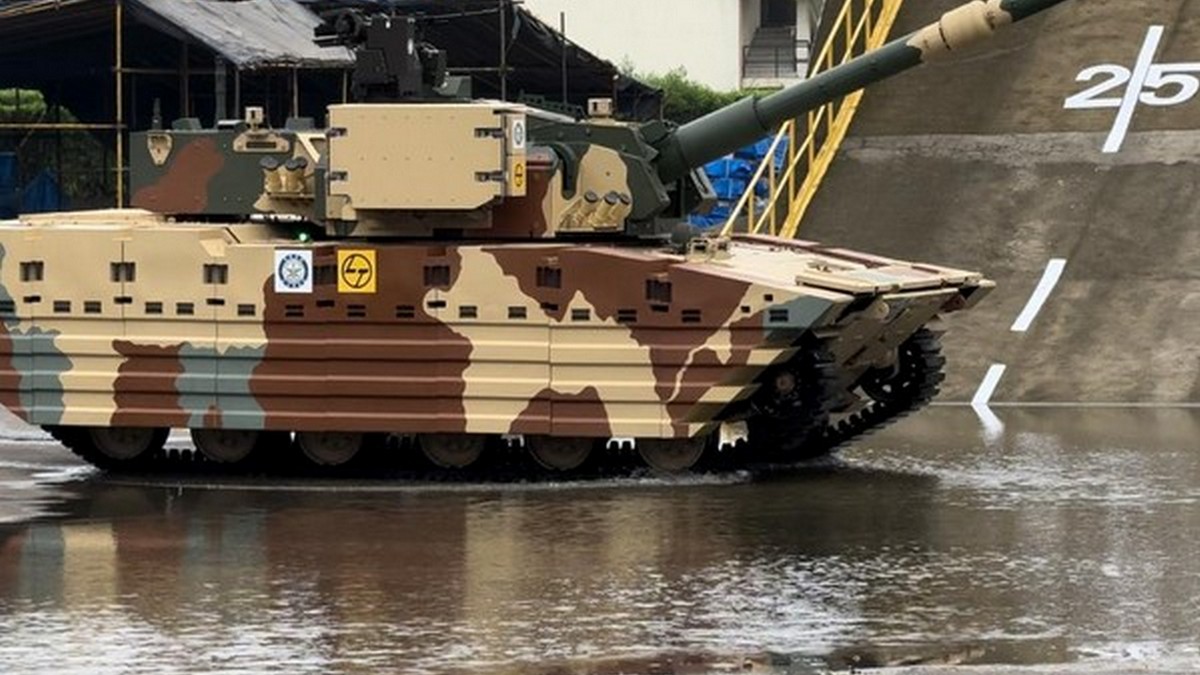)
Dr. Samir V. Kamat, Secretary of the Department of Defence Research and Development (DDR&D) and Chairman of the DRDO, has highlighted the exceptional versatility of the DRDO-developed Light Tank, co-created with Larsen & Toubro (L&T). Designed with a weight of 25 tons, the tank is not only optimized for the challenging high-altitude conditions near the Line of Actual Control (LAC) but is also ideally suited for the demanding terrain of the Rann of Kutch, a vast salt marsh in the Thar Desert.
The Rann of Kutch, infamous for its treacherous mudflats and soft ground, has historically proven to be a formidable obstacle for armored vehicles. In 1965, the Pakistani Army’s tank advance into the region was significantly hampered by the challenging terrain, resulting in numerous vehicles getting bogged down. The DRDO’s Light Tank, with its reduced weight, is expected to overcome these challenges, providing superior mobility in such environments.
Continue readingSOURCE: IDRW.ORG TEAM
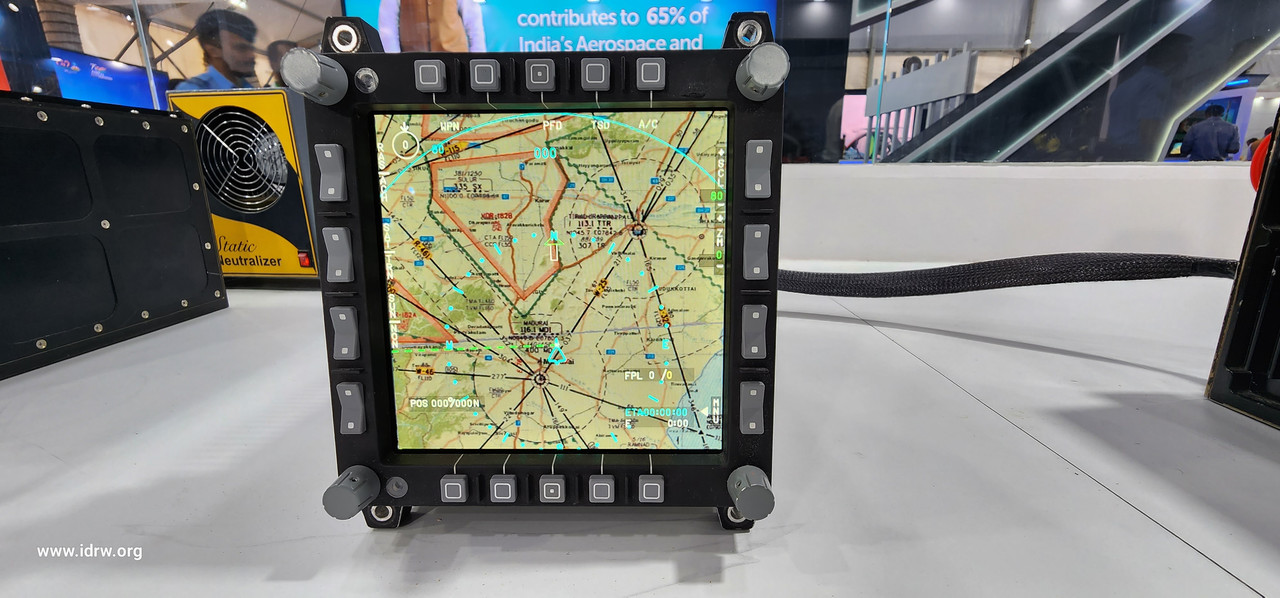
The Department of Defence Production (DDP) has announced the 5th Positive Indigenisation List (PIL), marking a significant step towards self-reliance in the Indian defence sector. This list identifies crucial equipment that will be indigenously manufactured by 2028, reducing dependence on foreign imports and boosting domestic capabilities.
The list prioritizes the domestic production of critical components for upcoming weapon systems, platforms, and sensors. This includes items like:
Continue readingSOURCE: IDRW.ORG TEAM
In a significant boost to the Indian Navy’s underwater capabilities, the Ministry of Defence (MoD) is poised to finalize a deal for the procurement of three additional Kalvari-class submarines by the end of this year. These submarines will be locally manufactured by the state-owned Mazagon Dock Limited (MDL) in collaboration with the French Naval Group.
The decision comes on the heels of successful negotiations and price submissions for the project. This acquisition marks a continuation of the successful Kalvari-class program, which has already seen six submarines join the Indian Navy.
Continue readingSOURCE: IDRW.ORG TEAM
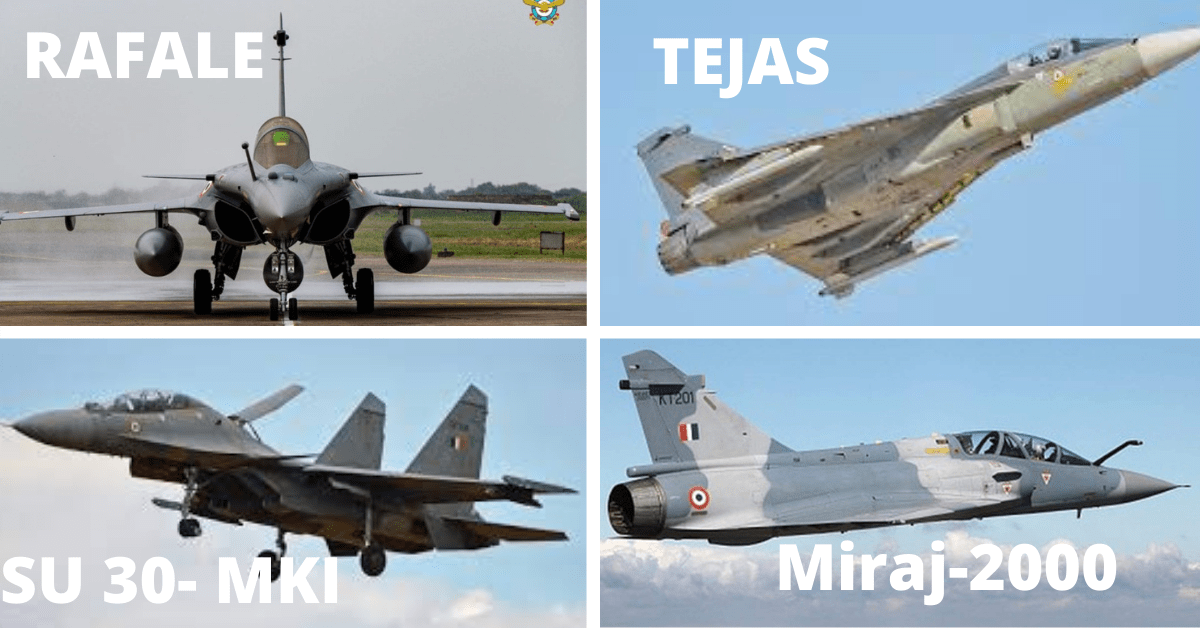
The Indian Air Force (IAF) is grappling with a severe shortage of fighter squadrons, a crisis that is set to deepen in the coming years. Currently operating at a strength of just 31 squadrons, significantly below the required 42, the IAF is facing a daunting challenge to maintain its operational readiness.
The situation is further compounded by the impending retirement of the last two MiG-21 Bison squadrons by the end of 2025. While the Tejas Mk1A is positioned as their replacement, delays in its production and delivery have exacerbated the shortfall.
Continue readingSOURCE: IDRW.ORG TEAM
Hindustan Aeronautics Limited (HAL) is poised to commence the production of LCA Tejas Mk1A fighter jets at its newly restructured Aircraft Division in Nasik by the end of next month. With most of the skilled workforce in place and the necessary machinery and tooling installed, the plant is rapidly progressing towards its operational readiness.
The initial assembly of the Tejas Mk1A is scheduled for December 2024, marking a significant milestone in India’s indigenous fighter jet production. The Nasik facility aims to deliver three aircraft in the financial year 2024-25, followed by a steady production rate of eight jets annually thereafter.
Continue readingSOURCE: IDRW.ORG TEAM

The Department of Defence Production (DDP) has taken a significant step towards self-reliance in the crucial area of Unmanned Aerial Vehicles (UAVs) with the announcement of the 5th Positive Indigenization List (PIL). This list prioritizes the local manufacture of critical equipment by the end of December 2027, specifically targeting:
Both UHF (Ultra-High Frequency) and C-band datalinks are essential for communication between UAVs and their ground control stations. Indigenizing these ensures secure and reliable data transmission for UAV operations.
Continue readingSOURCE: IDRW.ORG TEAM

In a significant stride towards self-reliance in defense manufacturing, India has successfully rolled out the first prototype of the Zorawar Light Tank. The Indian Defence Ministry has confirmed that the entire development and production of this initial prototype was completed at a remarkably low cost of Rs 234.5 crores.
This achievement is particularly noteworthy due to the expedited timeline of the project, transitioning from the drawing board to the first prototype in just two years. The Zorawar Light Tank is poised to be a game-changer for the Indian Army, especially in high-altitude regions.
Continue readingSOURCE: IDRW.ORG TEAM

India is set to carry out a series of missile tests in the Bay of Bengal over the next month, according to recent Notices to Airmen (NOTAMs) issued by the country’s aviation authorities. These tests are expected to showcase India’s growing prowess in missile technology.
The first NOTAM, effective from July 27 to August 10, 2024, designates a large area of approximately 595 kilometers in the Bay of Bengal as a no-fly zone. The extensive area covered suggests the possibility of a long-range missile test, potentially involving a cruise missile such as the BrahMos or the Indigenous Technology Cruise Missile (ITCM).
Continue readingSOURCE: IDRW.ORG TEAM
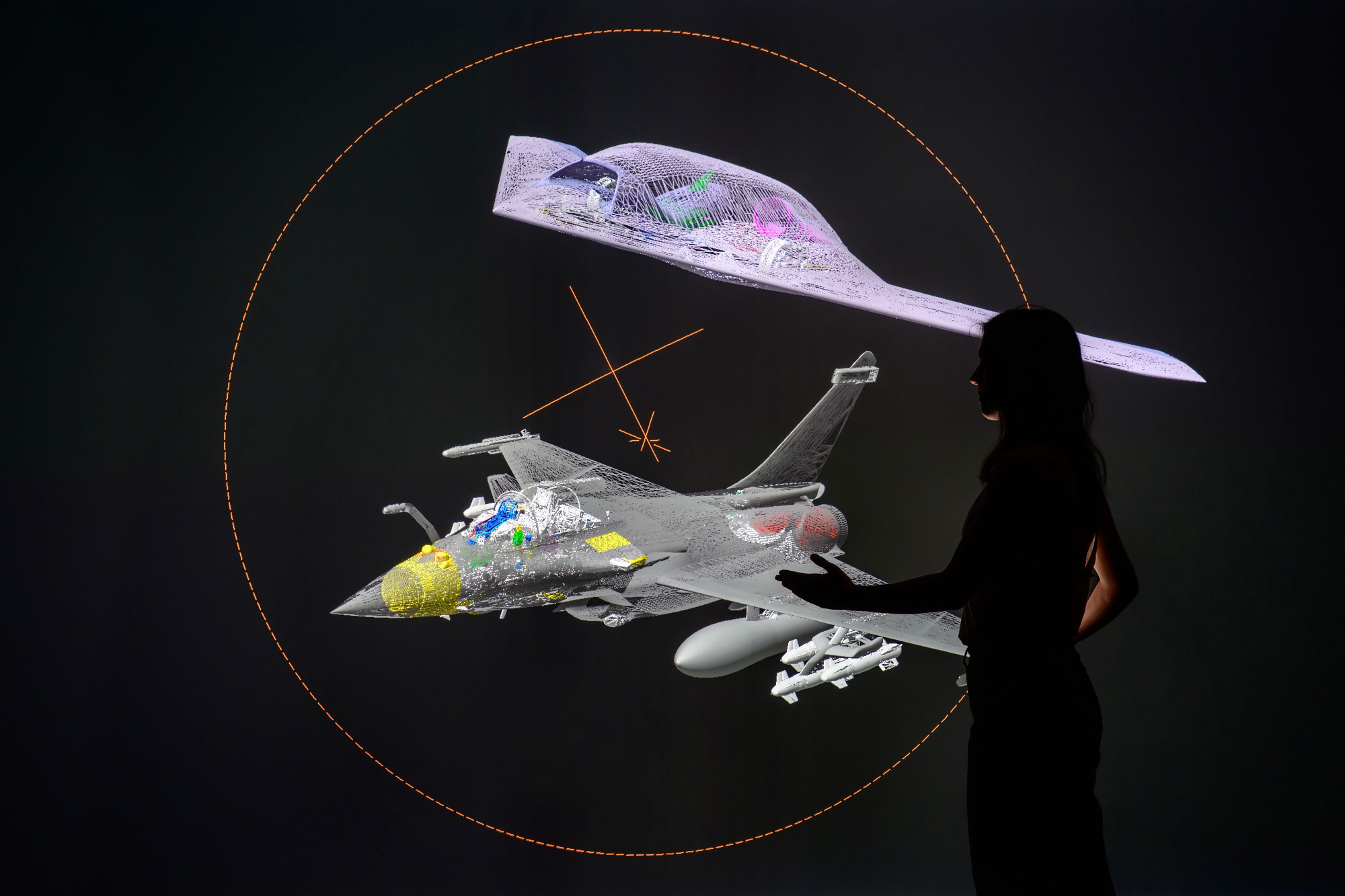
Éric Trappier, Chairman and CEO of Dassault Aviation, has expressed concerns over the company’s supply chain disruptions, which are impacting the production of both Falcon business jets and Rafale fighter aircraft. In a recent press conference, Trappier highlighted shortages in production lines due to inefficiencies among certain suppliers, particularly in the aerostructure sector. These challenges have introduced risks to delivery timelines and customer support operations.
To mitigate these issues, Dassault Aviation is implementing a combination of internal and external measures aimed at improving supply chain resilience and anticipating potential supplier shortcomings.
Continue readingSOURCE: IDRW.ORG TEAM
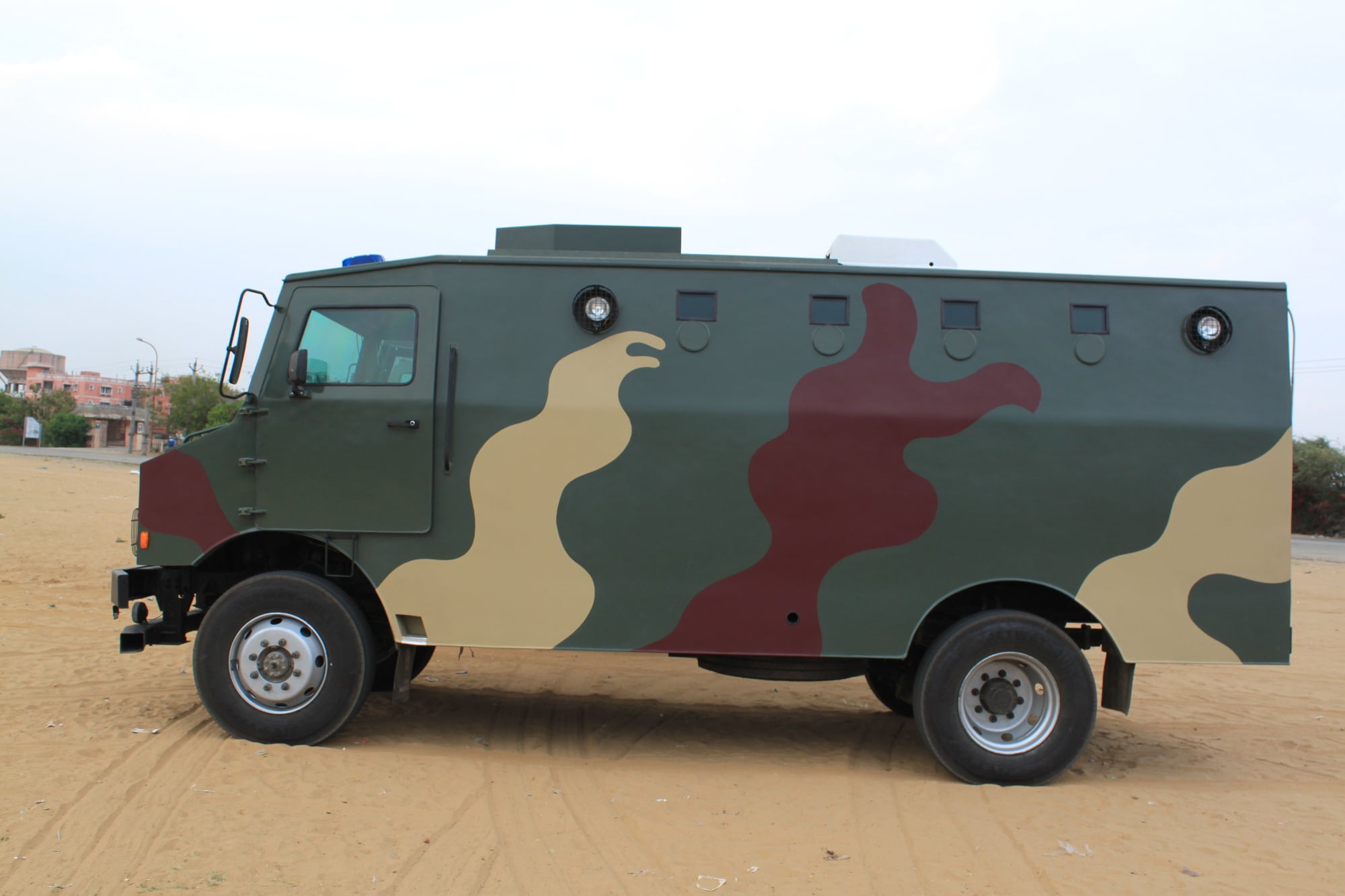
The High Energy Materials Research Laboratory (HEMRL) in Pune is at the forefront of developing innovative protection systems for armoured vehicles. The laboratory is currently focused on designing and developing a hard-kill type futuristic tank protection system to safeguard armoured vehicles against incoming threats.
A crucial aspect of this development involves understanding the complex interaction between blast waves and incoming projectiles. To achieve this, HEMRL is undertaking extensive research to develop sophisticated mathematical models and conduct Computational Fluid Dynamics (CFD) simulations. These simulations will accurately predict the behavior of blast waves as they encounter moving bodies, analyzing how these waves influence projectile trajectories and cause structural damage.
Continue readingSOURCE: IDRW.ORG TEAM
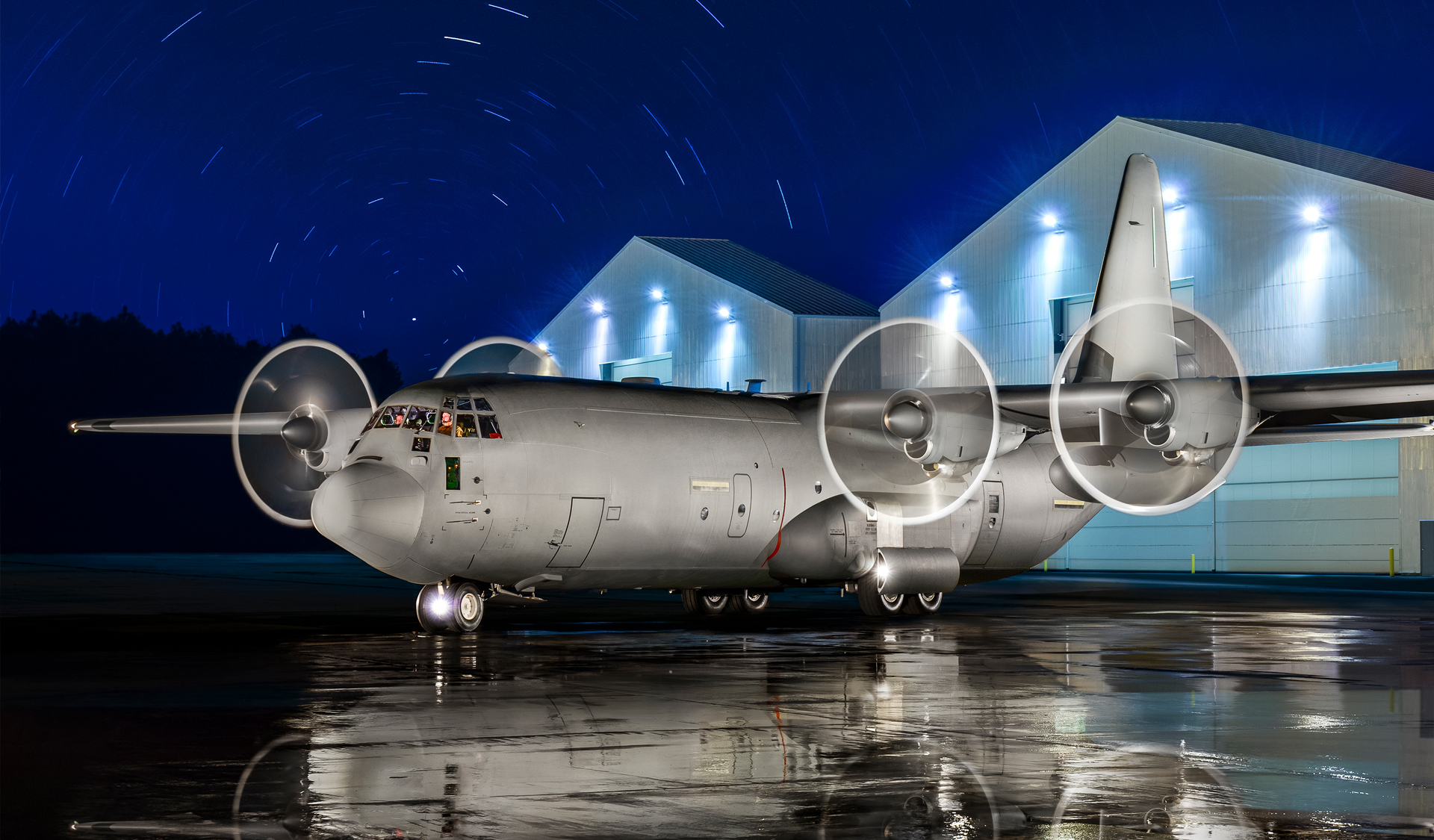
In a significant move to strengthen defense ties between the United States and India, Lockheed Martin’s CEO, Jim Taiclet, recently held a high-level meeting with Indian Prime Minister Narendra Modi. During the meeting, Taiclet advocated for a government-to-government deal aimed at supplying 60-80 C-130J Hercules aircraft to the Indian Air Force (IAF). This proposal comes as part of India’s search for a suitable Medium Transport Aircraft (MTA) to enhance its logistical capabilities.
Lockheed Martin’s C-130J Hercules is already a familiar asset within the IAF, which operates 12 of these versatile aircraft. Known for its reliability and multi-role capabilities, the C-130J Hercules has proven its worth in various missions ranging from humanitarian assistance to tactical airlift operations. However, the competition for India’s MTA requirement is fierce, with the C-130J Hercules contending against other formidable offerings such as Embraer’s C-390M and Airbus’s A-400M.
Continue readingSOURCE: IDRW.ORG TEAM

C J Varghese, a visionary innovator from Kerala, has once again proven his mettle in the field of advanced defense technology by securing his fifth patent for the APS (Active Protection System) Hard-Kill shooter. This latest patent marks a significant milestone in Varghese’s illustrious career, highlighting his relentless pursuit of excellence and innovation.
The system is designed to offer comprehensive 360-degree protection against various forms of attack, including direct and top-down assaults. This cutting-edge technology is particularly crucial in modern combat scenarios where threats can emerge from any direction and at any angle.
Continue readingSOURCE: IDRW.ORG TEAM

Advanced Weapon Equipment India Limited (AWEIL) is set to significantly bolster the Indian Army’s artillery capabilities with the delivery of 200 upgraded Sharang cannons within the next two years. This substantial order, valued at Rs 6000 crore, underscores AWEIL’s growing stature as a key player in India’s defense manufacturing landscape.
The Sharang, an indigenous upgrade of the 130mm M-46 artillery gun to a 155mm/45 caliber platform, represents a significant leap forward in artillery technology. The enhanced range of over 36 kilometers, compared to the original 27 kilometers, coupled with increased explosive capability, provides the Indian Army with a potent weapon system capable of neutralizing a wider array of targets.
Continue readingSOURCE: IDRW.ORG
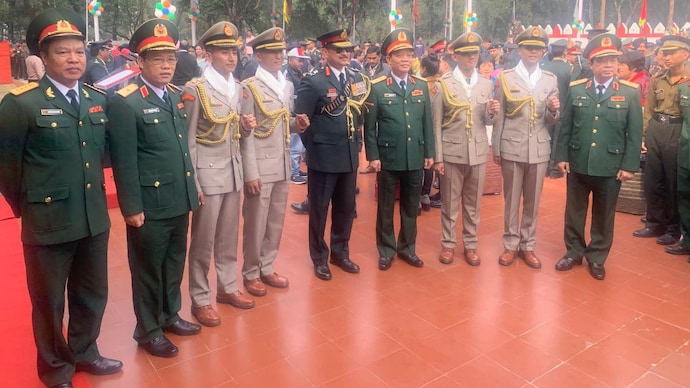
India is significantly increasing its efforts to train military personnel from abroad, aiming to bolster defense partnerships with a range of “friendly foreign countries.” This initiative involves providing training to cadets and military officials from nations in the Gulf region, Southeast Asia (ASEAN), and Africa, in addition to India’s immediate neighbors.
The Indian Army spearheads this program, currently training over 3,100 foreign personnel annually from more than 100 countries. Africa holds a significant share of these trainees, with approximately 450 participants each year. The Army offers specialized training programs at various institutions, including the Counterinsurgency and Jungle Warfare School located in Vairengte, Mizoram.
Continue reading